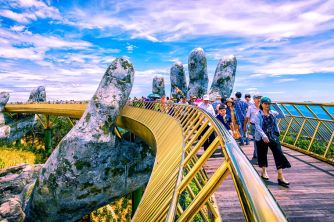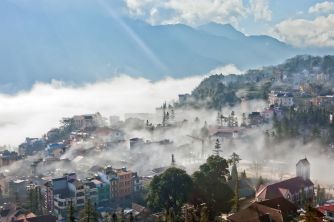Hue city with its poetic, charming natural scenery mixed with a bit of antiquity of ancient architectural works, all of which have attracted tourists every time they come to Hue. Try once to set foot in Hue Ancient Capital to learn about famous landmarks here and learn more about the history of the Nguyen Dynasty. So what are you waiting for without joining Dat Viet Tour to discover the attractive destinations of the ancient capital in this article.
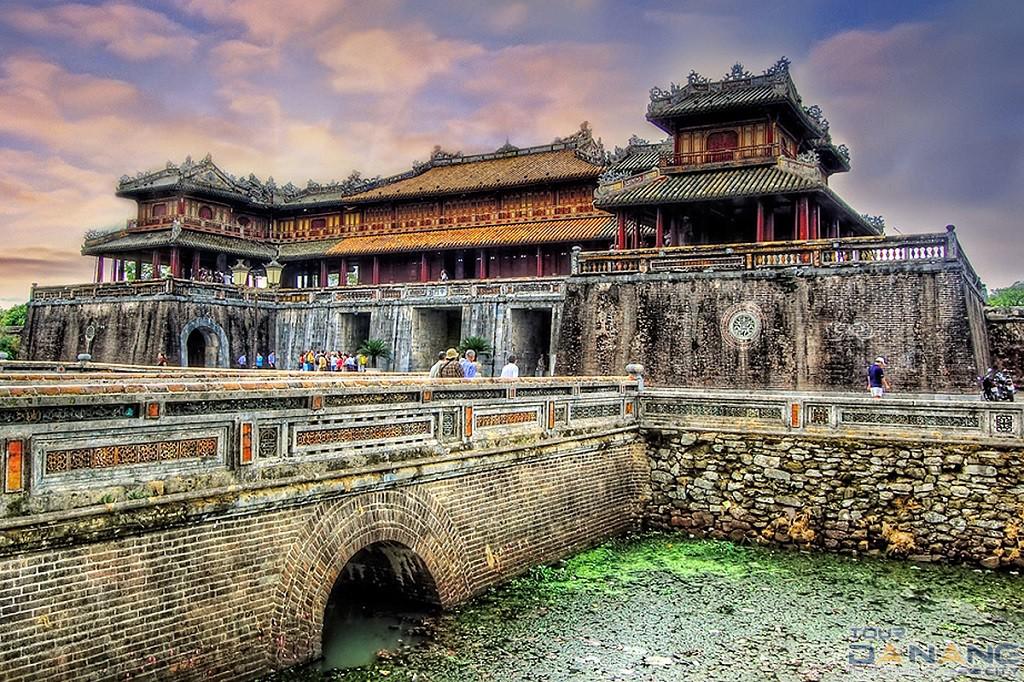
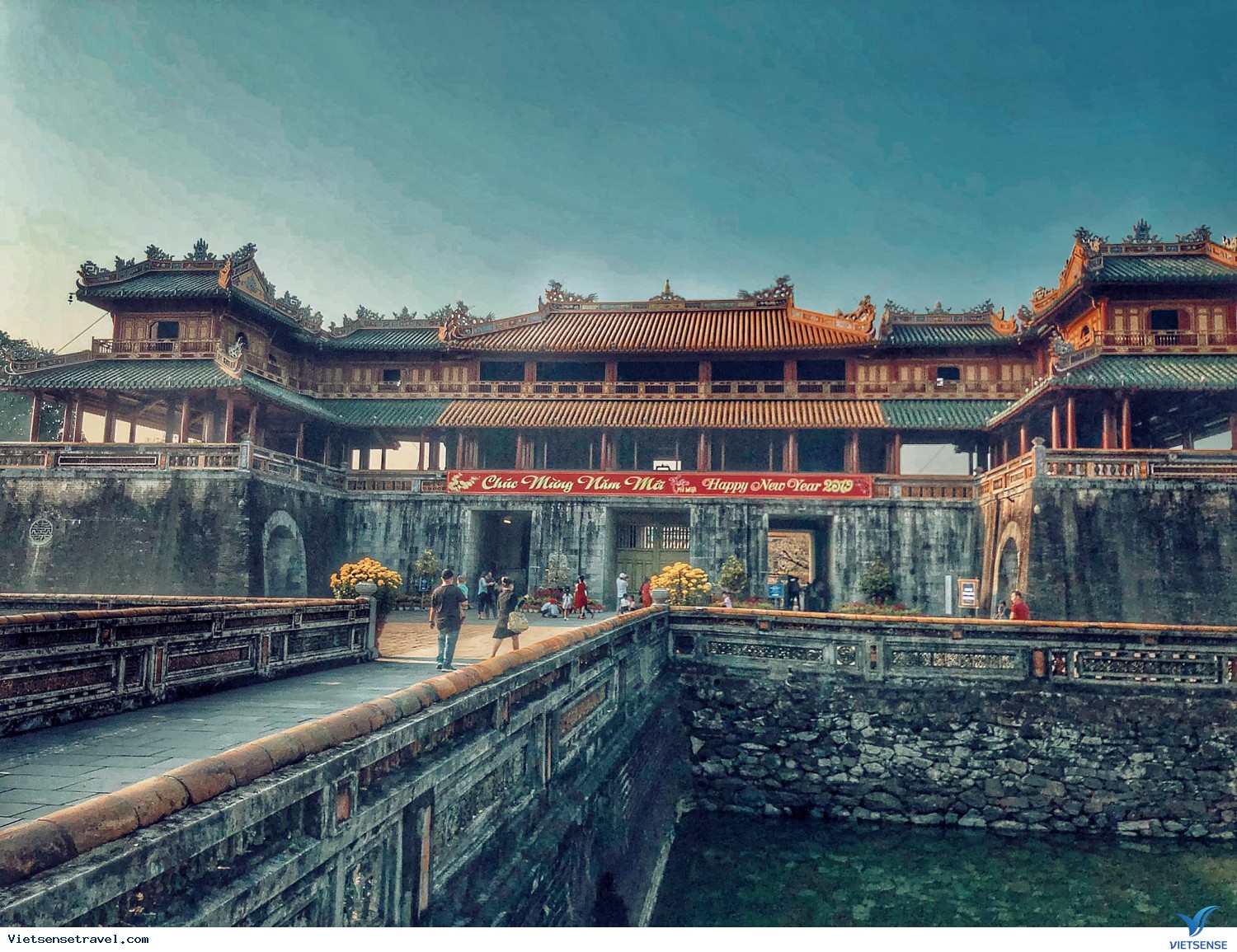
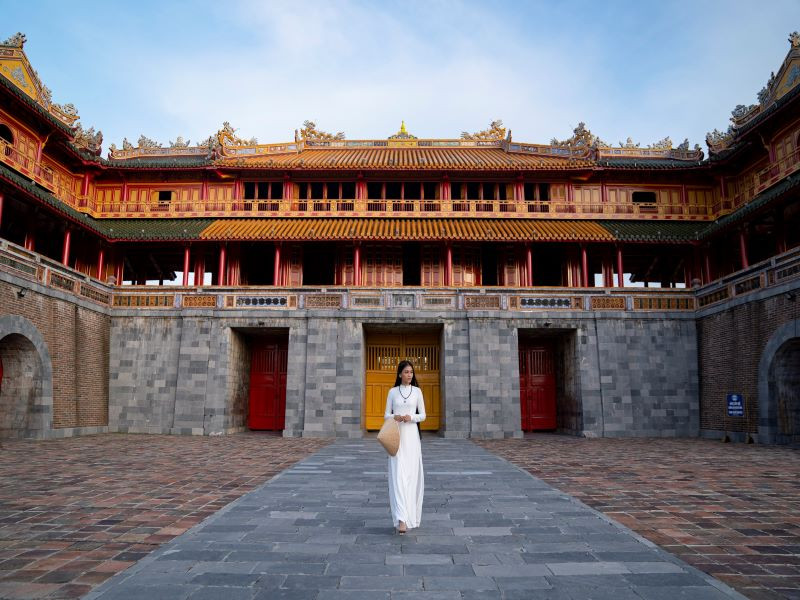
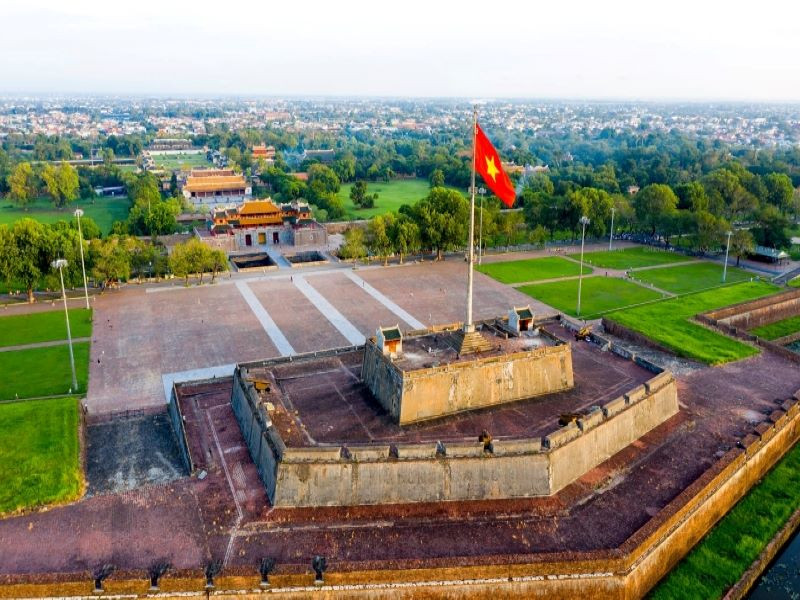

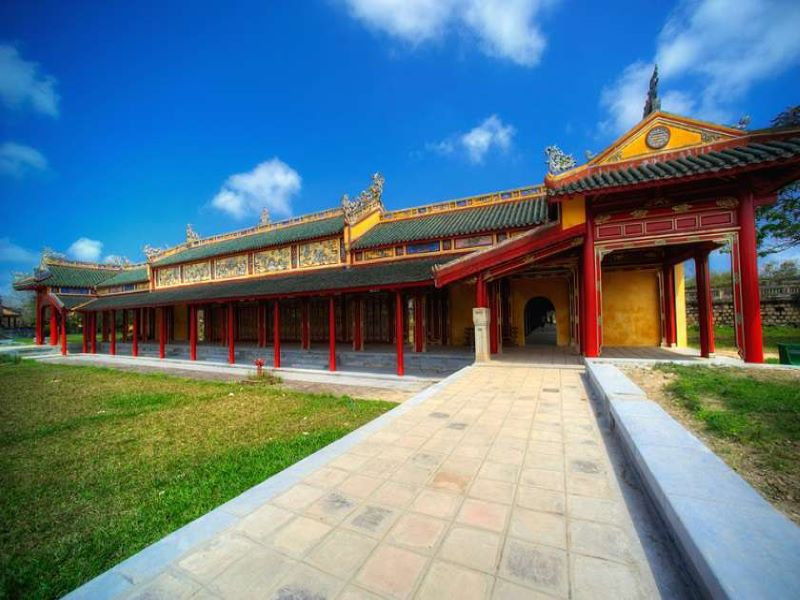


Going back in time to the complex of Hue Monuments. (Photo: Collected)
Some features about the Complex of Hue Monuments
The Complex of Hue Monuments includes relics related to the Nguyen Dynasty, located along the two banks of the Huong River within the scope of Hue city and a few neighboring districts. The Complex of Hue Monuments covers an area of more than 500 hectares and is divided into two clusters: a cluster of works outside the Hue Citadel and within the Hue Citadel.

Hue Monuments - Beauty of the ancient capital land (Photo: Collectibles)
The Complex of Hue Monuments was recognized by UNESCO as a World Cultural Heritage in 1993 and is currently listed as 95 special national monuments by the Prime Minister of Vietnam. With the ancient scenery of unique architectural works, you will surely be immersed in the old royal life and learn about the historical periods under the Nguyen Dynasty.
Hue Citadel
Hue Citadel was built under the reign of King Gia Long and lasted nearly 30 years until the reign of King Minh Mang. This is the most important place of the Nguyen Dynasty, the Citadel has all 10 doors and is set up more than 24 fortresses for defense. Inside, there are many tombs and other large and small works such as: Ky Dai Truong, Quoc Tu Giam, Ngo Mon, ...

Hue Citadel - The symbol of the ancient capital. (Photo: Collected)
Ky Dai Truong
Ky Dai Truong, also known as Flagpole, is located in the middle of 5 sides of Hue Citadel. This is the place to hang the imperial flag, it has quite large architecture including: flag tower and flagpole. Standing here you can observe the whole beautiful dreamy city of Hue in sight. Ky Dai Truong is a symbol of the ancient capital through many different periods.

Ky Dai Truong - An architectural monument of the Nguyen Dynasty (Photo: Collectibles)
Ngo Mon
Located inside the Citadel is the Hoan thanh, commonly known as Dai Noi, which has the function of protecting the palaces and shrines of the Nguyen Dynasty and the Tu Cam Thanh - a place dedicated to the king and the royal family. Ngo Mon is the largest of the 4 gates and is the main gate located in the south of Hue Citadel. This is a large, massive building with a complex structure that looks like a magnificent castle from afar. Surely you will bring you a very enjoyable feeling in the journey to visit Dai Noi.

Ngo Mon - The symbol of Hue royal architecture. (Photo: Collected)
Tu Cam Thanh
This is the third wall of Hue Citadel and also the working and living place of the king and the royal family. Visiting the Tu Cam thanh , you will partly feel the life of ancient kings. Some typical works in the Tu Cam thanh : Can Chanh Palace, Thai Binh Lau, Duyet Thi Duong,... Among them, Can Chanh Palace is the place where the king can set up a court, receive the foreign ministry ambassador and Thai Binh Lau is a place for the king to relax and rest.

A corridor in the Forbidden City - Hue (Photo: Collectibles)
Tombs of the Nguyen Kings
Outside the Hue Citadel are the mausoleums of the Nguyen kings. Each mausoleum here has its own nuance symbolizing the style and personality of each king. Join Dat Viet Tour through the most beautiful and meaningful mausoleums through each period.

Tomb of Khai Dinh - The pinnacle of Nguyen Dynasty mausoleum architecture (Photo: Collectibles)
- Tomb of Gia Long: also known as Thien Tho Lang, the mausoleum was built in 6 years and is located in the Dai Thien Tho mountain range. Surrounding the mausoleum area with 42 large and small hills, in which Dai Thien Tho is the largest mountain selected as the tomb's previous case.
- Tomb of Minh Mang: also known as Hieu mausoleum, this mausoleum consists of 40 large and small works, but designed to be symmetrical and aesthetically pleasing. Although the mausoleum was built in 3 years, this is still considered the most beautiful and elaborate mausoleum among the mausoleums in Hue.
- Tomb of Tu Duc: is the most beautiful mausoleum of the 7 mausoleums, the mausoleum was built by King Tu Duc himself while in office. The mausoleum is also known as Khiem Lang, the surrounding green and poetic space blends with the solemnity and majesty of the mausoleum to create a mysterious and beautiful historical picture.
- Tomb of Khai Dinh: The mausoleum was built in 11 years, has a unique architecture with a combination of East and West. The mausoleum is also known as Ung Lang, although the mausoleum is not monumental in size, it is impressive by its unique design.
In addition, there are other tombs such as Dong Khanh Tomb, Duc Duc Tomb, Thieu Tri Tomb,...
Thien Mu Pagoda
Thien Mu Pagoda - a symbol that has been associated with the poetic Hue city for many generations. Located next to the Perfume River, Thien Mu Pagoda is also known as Linh Mu Pagoda. The pagoda is known as the "first ancient temple", is one of the oldest temples in the ancient capital. This is considered a pilgrimage destination not to be missed when traveling to Hue.
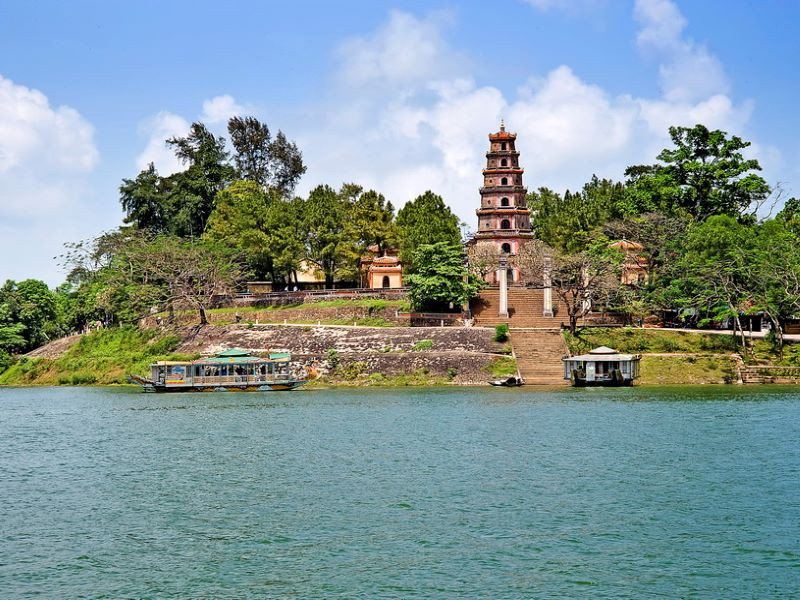
Thien Mu Pagoda (Photo: Collectibles)
Besides the hundreds of years old architecture, Hue city also built modern places, including ironwood pedestrian bridge on the banks of the Perfume River. The project started construction in 2018 with the support of the Korean government, in the detailed planning project of the two banks of the Perfume River. The bridge connects Nguyen Dinh Chieu pedestrian street, the section from Truong Tien bridge to Ly Tu Trong park.


